5 Ways to manage your cash flow
Make managing your cash flow your priority
Effective cash flow management has always been crucial to a businesses survival.
It is a challenge to keep on top of running a business you always need to be making enough sales as well as finding time to do all the other tasks.
Prioritise your cash flow, it’s not simply how much you sell or how much margin you add, it’s finding out how much you have available to you as cash.
Why Use a Cash Flow Statement?
To track where your business’s money is coming in from
To understand where your business spends the most money
To get the ‘cash reality of your business, as opposed to the abstract accounting
To spot a cash inconsistency or shortage and help you plan for future cash flows. The longer you wait to fix a cash shortage the further your business’s cash flow will fall.
Here are 5 ways to manage your cash flow:
1/ Create a cash flow forecast report
Find a way to keep track of how much money you owe, how much you are owed and how much you have in the bank. You can do this by creating a cash flow forecast report.
There are many solutions available to help you monitor your cash flow, from bespoke high-end software, and universal accounting packages to excel spreadsheets. Find what works best for you and your company.
2/ Once you’ve found an effective cash flow forecasting method, make sure you create new forecasts regularly.
Reassess, review and be realistic. Regularly checking your finances will allow you to conduct a good cash flow analysis and have a much greater awareness of likely opportunities and potential threats.
Keeping on top of this results in excellent record keeping, by taking the time to log company income and expenses, and keep the information timely.
3/ Calculate Revenue and Identify your expenses
Once you’ve got a reasonable idea of how your sales will go, you’ll need to consider how much revenue this will bring in.
Also, it’s best to keep track of your expenses each month. These typically include salaries, suppliers’ costs, rent, and company purchases like IT equipment.
4/ Keep your business finances and your personal finances separate
This is essential to simplifying your cash flow forecast. Mixing your business and personal finances and quickly become messy and leave you unclear about business performance.
5/ Be flexible
A strong financial plan might help your business grow through any difficulties by staying flexible. Try the simple 1/3 rule to keep cash tucked away for a rainy day (one third for taxes, one third for dividends and one third left in the business)
Keen to learn more? Or need help setting up your cash flow forecast?
Join the interactive cash flow forecasting webinar on the 13th March 2023 1pm - 2pm. - Book in here
Belinda will be on hand to help you strengthen your understanding of how to use, implement and interpret your cash flow forecast.
